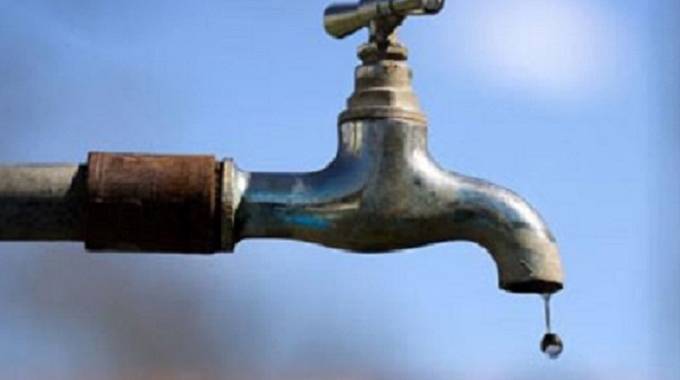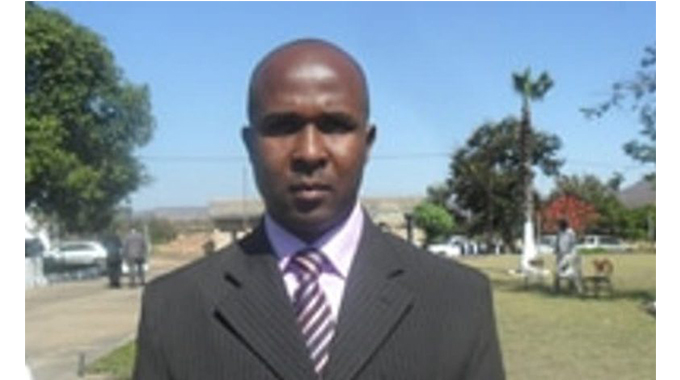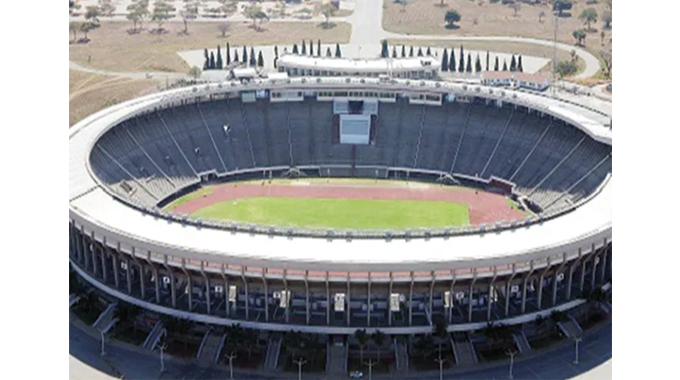Bulawayo faces water crisis

Thandeka Moyo-Ndlovu, Chronicle Reporter
PERENNIAL water challenges in Bulawayo have not only left residents with no access to the precious liquid but have subjected them to violence, including rape.
Women and girls were the most affected group as statistics show that normally they account for more than 80 percent of people found at alternative water points.
Bulawayo has been under an ever-tightening and gruelling water-shedding exercise since 2019 following successive poor rainy seasons.
The local authority started with a 48-hour water-shedding programme which has increased to a provisional water supply restoration schedule where most suburbs were getting running water once a week.
However, the provisional water supply restoration schedule saw some residents living in high lying areas going for almost 12 months without running water.
The schedule was reviewed until residents were forced to endure 144 hours without running water.
A Matabeleland Human Rights Institute (MHRI) survey released yesterday on conflict and violence at Bulawayo alternative water points shows that a majority of children, girls and women were attacked while collecting water.
Alternative water points include boreholes, wells, water kiosks and water bowser queues.
The survey was conducted in 10 suburbs which include Mzilikazi and parts of Makokoba, Lobengula, Luveve, Magwegwe, Sizinda, Tshabalala, Pumula South, Habek and Cowdray Park.
“In the year 2020, Bulawayo faced its worst water shortage problem so far with the City Council introducing a 144 hours long water-rationing programme. Many residents spent long hours queuing for water at alternative water points such as boreholes, water bowsers, water kiosks and open wells,” says Mr Khumbulani Maphosa, the co-ordinator for MHRI.
“In some suburbs families were sleeping in queues in order to be able to access water where they risked many forms of conflict and violence that included sexual abuse and exploitation, physical abuse, verbal abuse, among others.”
He says that in other areas there are water mafias that terrorise women and girls at some water points such as in Luveve suburb.
The survey also shows that water scarcity is resulting in localised conflicts and violence over water resources both in rural and urban areas.
Nationally, as of the year 2020, an average of 7,4 percent of rural households experienced violence at water points.
Mashonaland Central (11,2 percent) had the highest prevalence of violence at water sources and Matabeleland South had the least (4.8 percent).
“Violence at water points was more prone in those areas where people spent more time queuing for water. According to the survey results, 11 percent of respondents said there had been instances where girls were raped while waiting for their turn to collect water. About 66 of the respondents said they had experienced pushing, shoving, fights and threats. The major perpetrators of conflict and violence being experienced at water collection are young males,” he added.
Mr Maphosa called on the local authority to craft gender-inclusive access to water strategies to eliminate all forms of gender-based violence that women face.
“It is therefore critical for stakeholders in Bulawayo in particular and Zimbabwe in general to formulate gender-inclusive strategies of ensuring access to clean and safe potable water by all. These strategies should be informed by consultations of women and girls since in Zimbabwe they are the major collectors of water for domestic purposes,” he added.
Mr Maphosa said that documenting these localised intra country water conflicts is critical to informing and enhancing the appropriate state and non-state actors’ interventions towards alleviating these conflicts. — @thamamoe.












Comments